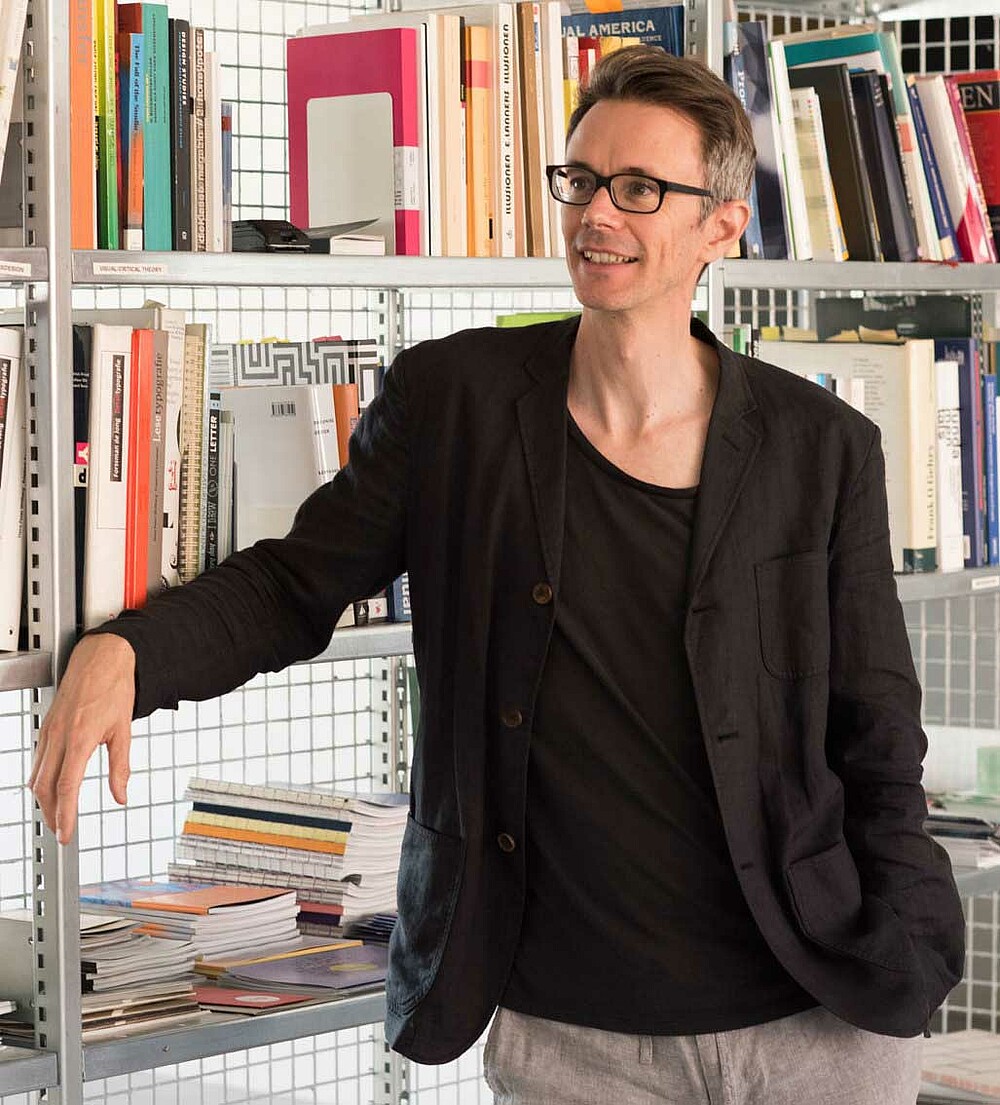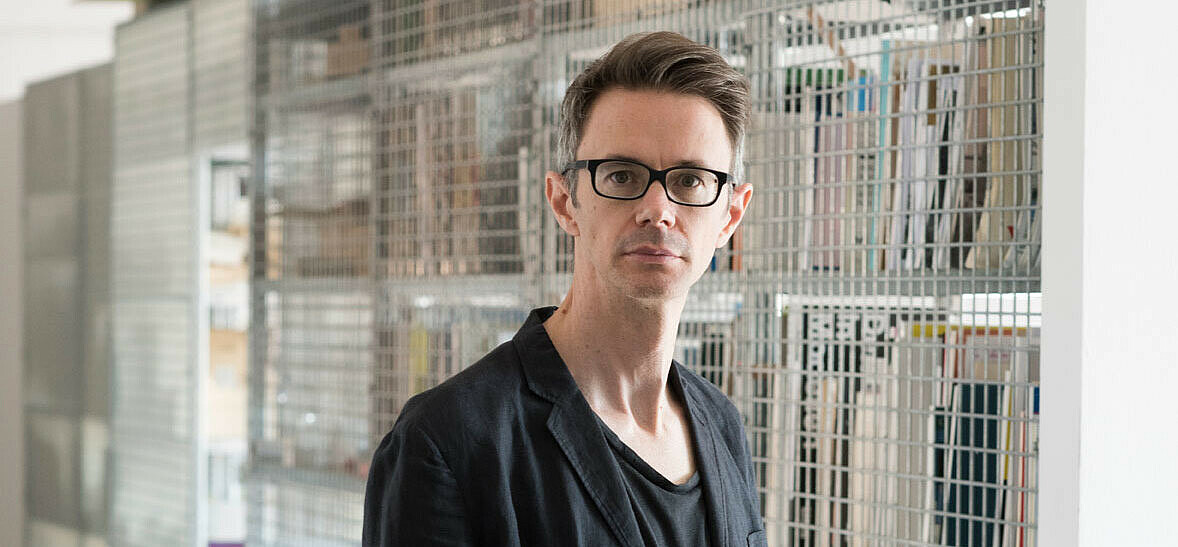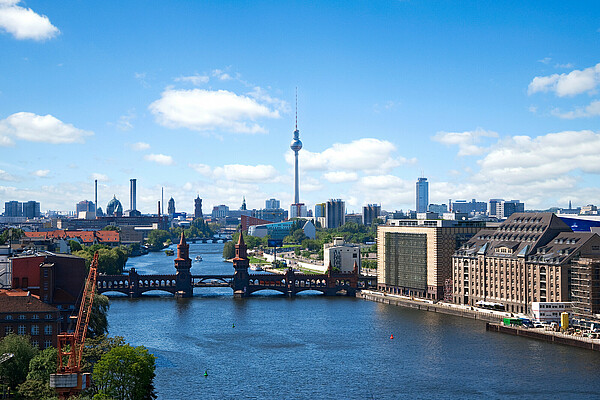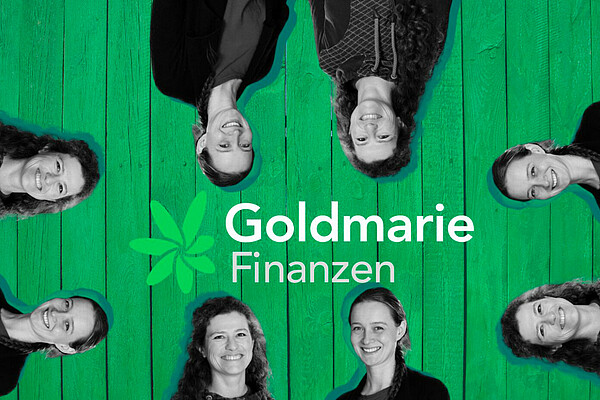From Britain to Berlin: Ian Warner
-
Name: Ian Warner
-
Industry: Design & Communications
-
Position: Co-owner & Creative Director of Design Consultancy – State
Ian Warner moved to Berlin from England as a young graphic designer in the late 90s. Since then, lots has changed for the creative director of Berlin-based design agency State. He started an online journal to acknowledge Berlin’s urbanity and architecture, founded an agency, and has become a part of the creative industry of Berlin. We caught up with him to hear more about his evolving success and how the city of captivating contradictions has developed.
What brought you to Berlin?
I moved to Berlin in 1996, just after my graduation. My first encounter with the city was in 1994, on a trip organised by the university. We attended a design conference and went on studio visits to small design companies, several in the former Eastern part of the city. The Communication Design department in Portsmouth had good ties to Berlin. Even before the fall of the Wall, my professor would take students to visit graphic design studios and art schools in West and in East Berlin.
What does Berlin offer that cities in England don’t?
I grew up in a small town in the 1980s and always saw myself in London after graduation. But after I came to Berlin for the first time, I became obsessed with it. The city had something of an intellectual aura – but it was also hedonistic and raw. It was full of contradictions like that: neither a place you can get fully comfortable in, but less stressful than other capitals; sparse but huge.
London, by comparison, with its established infrastructures, seemed to offer a more predictable future at a higher personal cost. Berlin’s gaps, both physical and imagined, offer niches for small cultural ecosystems to take hold. I had a clear sense that it would be possible to try out different things here, more on my own terms than if I'd stayed in the UK.
When you first moved to Berlin, how did you settle in? What was the biggest challenge?
At the beginning, a small group of friends helped me to navigate the bureaucracy and everyday life. I was keen to begin working as soon as possible, and after doing an internship at MetaDesign, I began freelancing in 1997.
There were several challenges. I was learning my profession and a new language at the same time. But finding like-minded people to work with came quite easily, despite the initial language barrier.
Why did you start your partially-satirical architecture Slab Mag in 2006, referencing Berlin? What did you originally want to achieve and how has it evolved since then?
I developed an interest in architecture at school, even doing an internship at an architectural practice in London when I was sixteen. But I didn’t think I'd have the patience to study it and leaned towards graphic design. But the interest stayed with me, and I ended up writing my bachelor’s thesis about the development of Berlin’s Potsdamer Platz.
By 2006, I'd began to see a new Berlin emerge. I was disappointed how the city was being rebuilt. Without having any real vision of my own for how it could be, I felt that an opportunity had been missed. I felt compelled to write about it because I sensed a huge discrepancy between how Berlin was beginning to present itself to the world, and how I experienced it.

Writing about architecture and urbanity from my own perspective became a literary project where I learned about my subject and my medium as I wrote. That’s why Slab’s by-line calls it ‘heuristic’ – to discover or learn something for yourself. There is no humour in architecture, which means that it’s primed for lampooning. And in architectural criticism there is no satire, which seems like a glaring omission. I wanted to change that.
You went on to found the design consultancy State. Since its inception, how has the work and the design scene changed in Berlin?
I founded State with my business partner in 2014. We work predominantly for the cultural sector: for an opera house, a political think-tank, a music festival, for NGOs, architects, museums and publishers. But this is shifting. We’re getting more work and more enquiries from SMEs who realise that innovative design and communication are no longer superficial considerations. They’re now being recognised as integral to strategic planning if a company wants to retain a competitive edge and secure its economic wellbeing.
Today, professions related to communication design have fragmented and become increasingly specialised. In the 1990s, digitalisation saw many separate professions merge into one. But web, and especially app design, has called for new types of creative thought: user-experience design is one such example. Berlin’s startup scene has been a big driver of this tendency.
But specialisation has its limits when technologies and economic models are constantly shifting. I think Berlin is where hybrids should be encouraged to emerge.
Would you recommend Berlin to others with design – or broadly creative ambitions?
Certainly I’d recommend Berlin, but it really depends on what people are after. It’s a great place to set up without being crushed by the pressure to succeed from day one. The quality of life is very high, and it’s become a real melting pot of people and ideas. For the moment Berlin feels inexhaustible and can still offer people the little niches I mentioned: I hope that it is able to sustain these qualities.
What do you think Berlin has to offer innovators and entrepreneurs like yourself?
Initially Berlin offered me time. Time to be driven primarily by curiosity. Berlin also offers a richness of experience with like-minded people arriving from all over the world to establish networks around their interests. When my company was looking for new premises a few years ago, we teamed up with friends who also ran their own businesses and were feeling the pressure to move. Now we share a space with architects and other designers, which, apart from being a pleasant working environment, leads to some nice synergies.
Discover Berlin’s Creative Corners
An important event not to miss is Berlin Art Week, usually happening in September. For the last seven years this event has encouraged Berlin’s creative industry, and anyone broadly interested in art, to join artists for talks, presentations and tours throughout Berlin’s artistic spaces.
For more of an urban vibe, check out the Berlin Graphic Days. This exciting event gives artists the opportunity to both present and sell their creations while networking. Art enthusiasts, potential clients and employers come together in a colourful gathering featuring a mix of urban street and professional art
Text: Trish Elms for Uhura Creative Media
Header Image: Clara Bahlsen
Would you like to find out more about the economy in Berlin or funding opportunities? Interested in doing business in Berlin?
Contact Berlin Partner, the Economic Development Agency for Berlin. We're happy to help you. Just give us a call.
Our Service Hotline: Mo - Fr 8 am to 6 pm (CEST)
+49 30 46302-222 | Send us an Email





